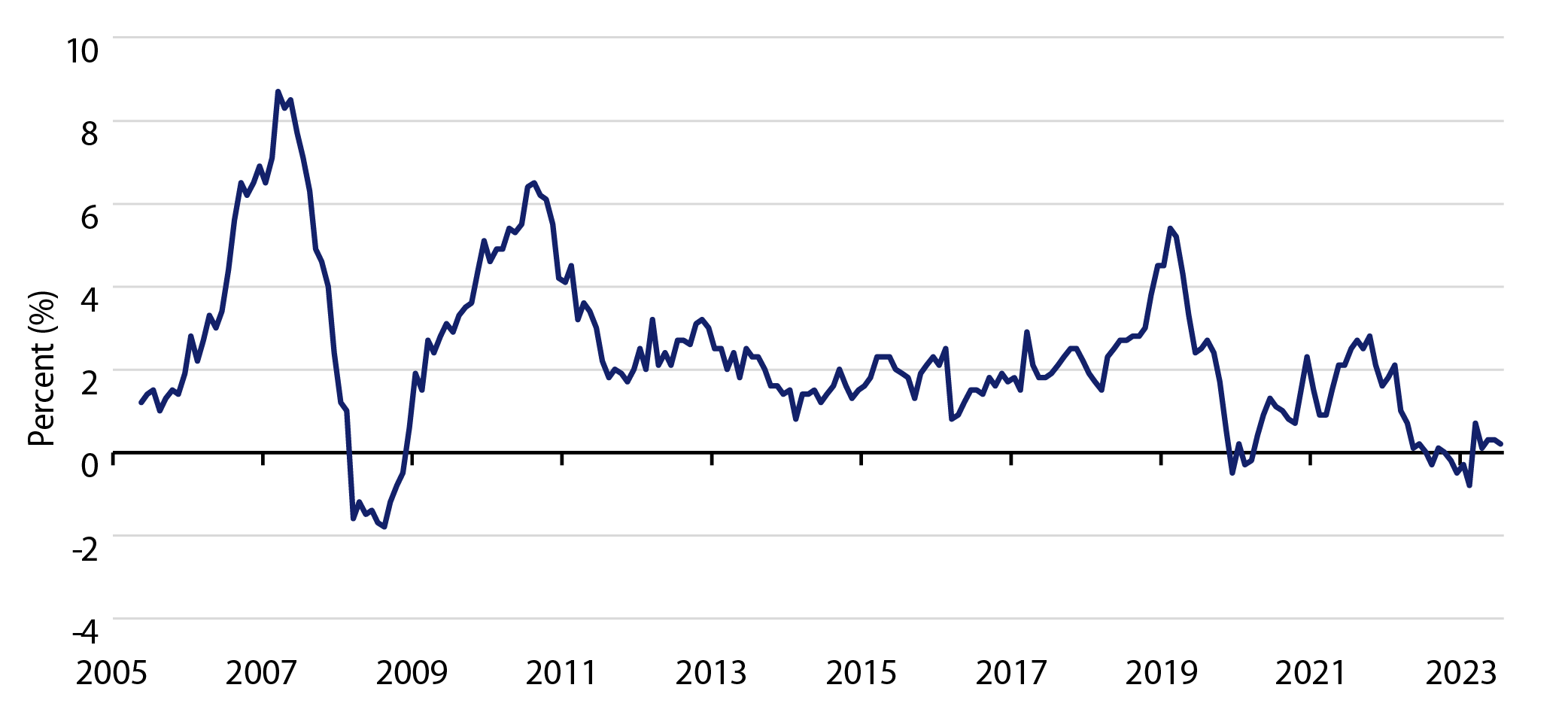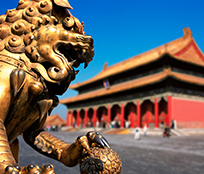Overnight on Tuesday, China announced a larger-than-expected economic support package to bolster its economy after several months of data releases showed a worrying slowdown. This package spans the real estate market, stock market, corporate lending and includes monetary policy easing. Highlights include:
- Expansion of its central bank, the People’s Bank of China (PBoC), balance sheet and a reduction in various interest rates (e.g., mortgage rates and the reserve requirement ratio) to ease liquidity pressures and buoy housing activity.
- Introduction of funding support to banks, securities houses, funds and insurers to encourage stock buying. This is the first time in recent years that the PBoC is directly funding market share purchases.
Markets on the mainland and in Hong Kong soared after the news, with the CSI 300 Index, a benchmark of onshore Chinese stocks, posting its biggest gain since July 2020.

However, while this support package will help China meet its 5% annual growth target, it falls short of being a comprehensive solution. The package does not fully address the cyclical and secular headwinds facing the Chinese economy, nor does it adequately mitigate the risk of deflation. In terms of magnitude, China’s 2009 stimulus was valued at 11% of GDP or around CNY14 trillion; today’s package is estimated at CNY1 trillion to CNY2 trillion or 1% to 1.5% of GDP.

In our view, a more comprehensive solution would also include:
- A social safety net to encourage domestic consumption,
- Measures that address animal spirits impacted by capricious regulatory policy, and
- Measures to address Chinese industrial policies and tariff/trade frictions.

